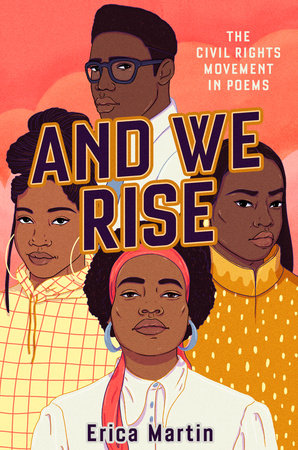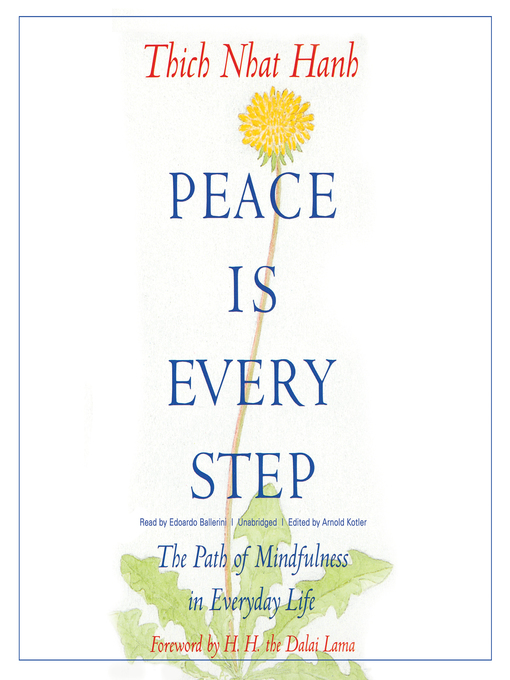Build New Habits, One Step at a Time
by Jared Richards, Public Services Manager

One of my favorite pastimes is picking up a new habit – only good ones, of course. Not the bad habits like procrastinating or overthinking or buying Pringles whenever I see them in the grocery store. Habits are the building blocks of any good routine, and I like routines because I do not like making monotonous decisions. The more things in my life I can automate with routines, the fewer decisions I will have to make.
For me, the hardest part of starting something new, especially when it comes to habits, is taking the first step. The end goal for that habit may seem unrealistic. The idea of becoming fluent in another language or running a marathon can feel overwhelming, and if I can’t reach that end goal, then not only have I not become fluent or run a marathon, I have also failed at something. And the easiest way not to fail at something is to never try. But a slight shift in perspective might be all that’s needed to get started.
“One Small Step Can Change Your Life: The Kaizen Way” by Robert Maurer focuses on the kaizen approach of continuous improvement. According to Maurer, kaizen formed from the Training Within Industries courses developed by the U.S. government in the 1940s, with the goal of improving manufacturing processes for goods needed for the war effort. Engineers didn’t have the resources to make major changes, so they were encouraged to focus on the smaller changes that would add up over time.
Following the war, this concept was introduced in Japan to help rebuild their economy. People were having to start over and didn’t have the capacity to go for innovation, so the concept of making small improvements was a big hit. This concept slowly lost favor in the U.S. after the war and did not really return until the 1980s, when it was brought back from Japan and referred to as kaizen.
Maurer explains kaizen with these steps: Ask small questions, think small thoughts, take small actions, solve small problems, bestow small rewards and identify small moments. So, if your goal is to learn how to swim, even before you go near the water, you might ask yourself what color your swimsuit will be. Visualize yourself swimming across the pool, and drive by the pool to see what it’s like. The goal is to take such small steps so you sneak around the fear often associated with change. You’ll be in the pool before your brain even knows what’s happening.
BJ Fogg founded the Behavior Design Lab at Stanford University, created the Tiny Habits Academy, and is the author of “Tiny Habits: The Small Changes that Change Everything.” Through his study of human behavior, Fogg has developed his tiny habit method that includes an anchor moment, a new tiny behavior and an instant celebration.
The anchor moment can be an existing routine, like making coffee in the morning. While waiting for the water to heat up, you can introduce a tiny version of the new habit you want, like doing two push-ups. As soon as you finish those push-ups, celebrate your small victory to create positive emotions.
The core of the book covers the Fogg Behavior Model, which states that motivation, ability and a prompt combine to create a new behavior. Without one of those things, a behavior isn’t going to happen. Knowing this will not only help create new habits and behaviors, it can also be useful for removing a habit from your life. For example, if you have a bowl of candy sitting on your desk and you want to eat less candy, remove the prompt by placing the bowl out of sight – off the desk.
One of my favorite parts about “Tiny Habits” is the appendix. It creates a quick reference with prompts to help work to develop new habits, including a list of one hundred ways to celebrate your successes, like bowing gracefully or blowing kisses like a movie star. There are also specific recipes to help people develop tiny habits, whether they are trying to reduce stress or be more productive or even trying to stop a habit. These give readers a jumping-off point and help get the ball of change rolling.
Along with these two books, Manhattan Public Library has a large selection of books and online resources to help develop your new habit, whether it’s cooking, a new craft, or professional development. Stop by the library or visit us online at mhklibrary.org.









